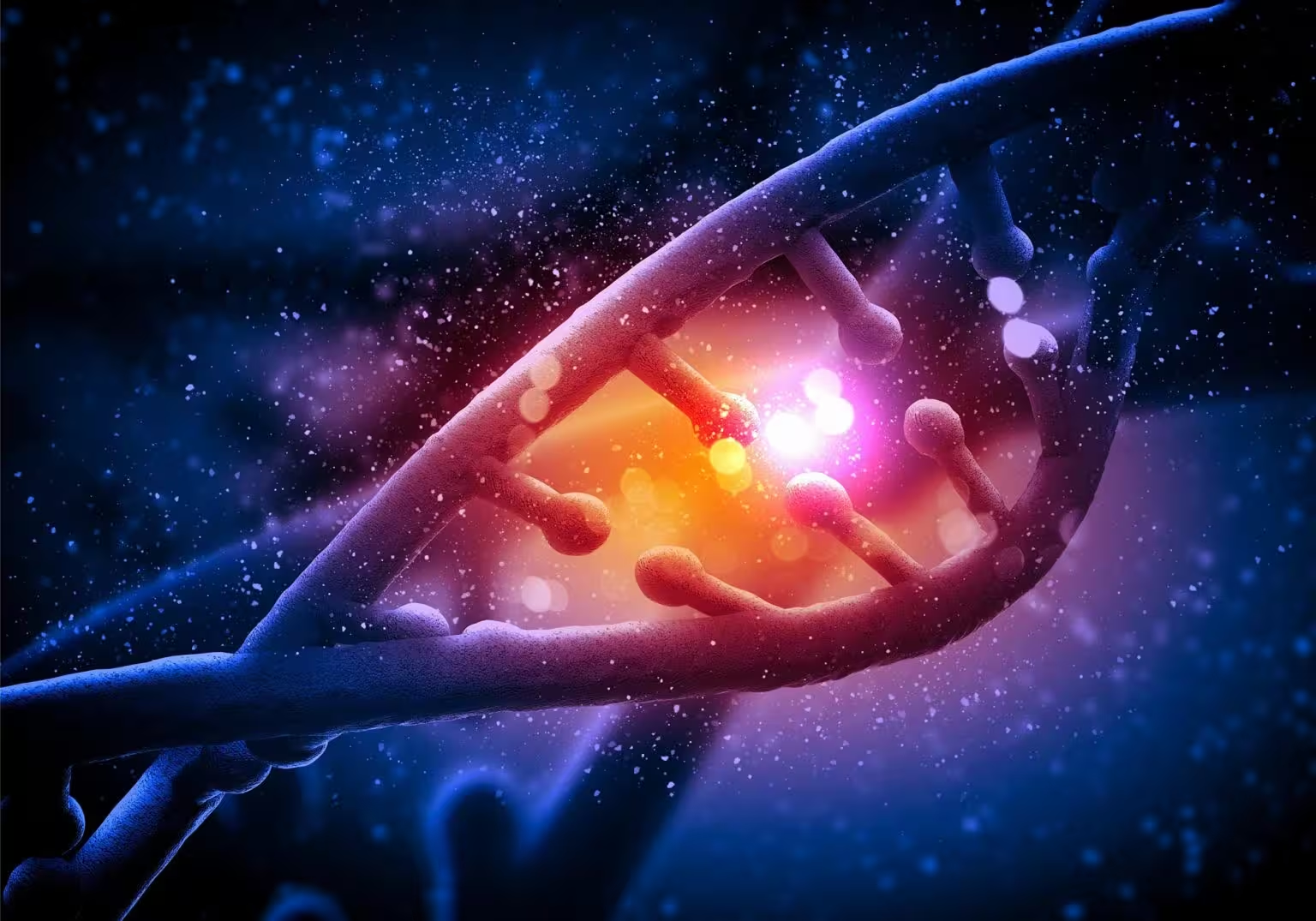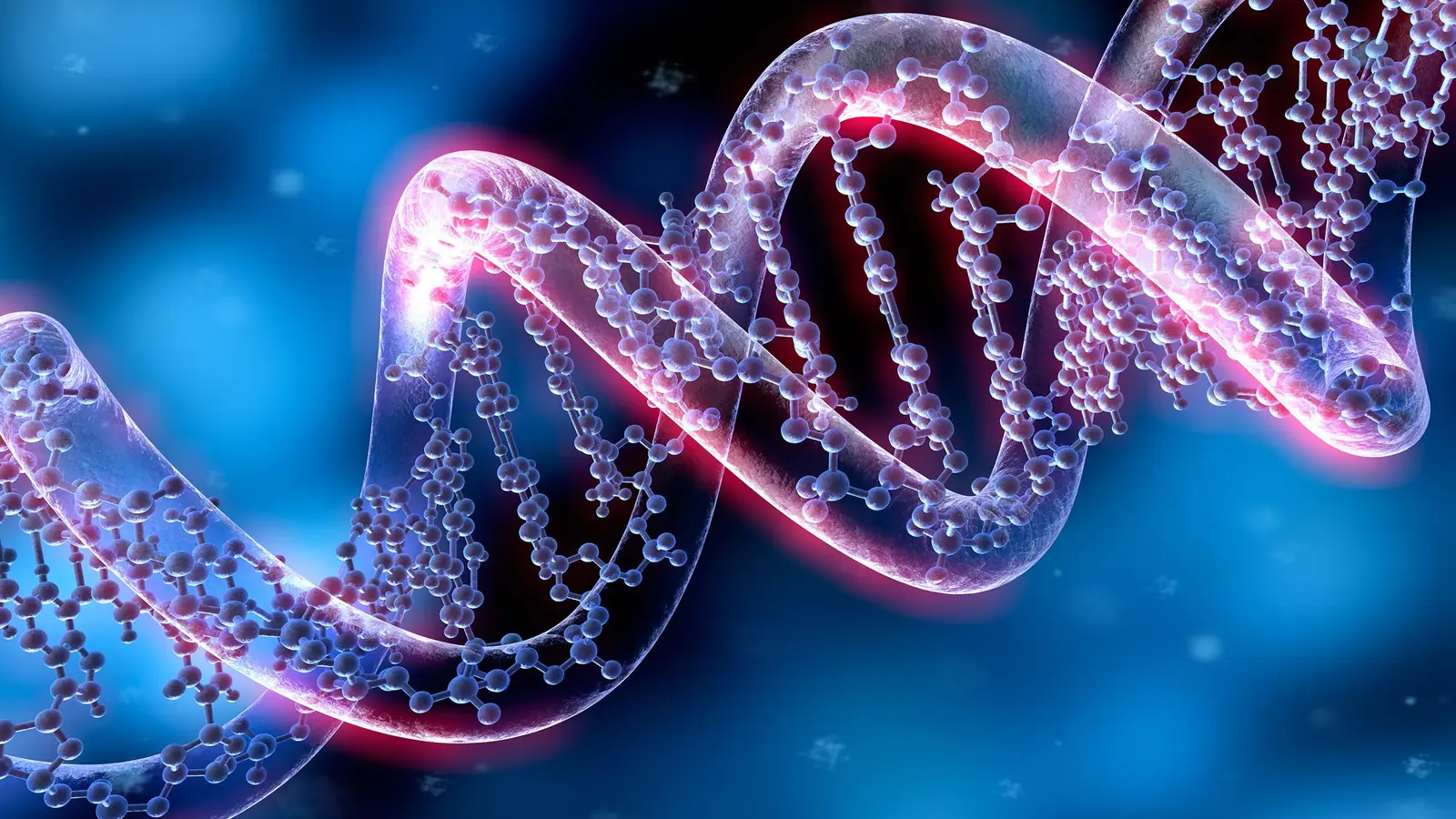4 Minutes
Researchers led by the University of Missouri have identified a previously unknown genetic disorder that undermines nerve-cell energy and progressively impairs movement. The discovery, called MINA syndrome, links a rare mutation to motor neuron dysfunction and offers new diagnostic and therapeutic pathways for unexplained muscle weakness.
What is MINA syndrome and why it matters
MINA syndrome — short for Mutation in NAMPT Axonopathy — stems from a rare defect in the NAMPT protein, a critical enzyme that helps cells produce NAD+, a molecule central to cellular energy metabolism. When NAMPT function is compromised, neurons struggle to generate the ATP needed to power long axons and to transmit signals from the spinal cord and brain to muscles.
Clinically, patients present with progressive muscle weakness, coordination problems and characteristic foot deformities. Over time, motor decline can become severe and some individuals may lose the ability to walk independently. Unlike many systemic genetic changes, MINA appears to disproportionately affect motor neurons, likely because these cells have exceptional energy demands and unusually long projections.
From foundational research to a patient diagnosis
The path to this discovery traces back to earlier laboratory work that established NAMPT as vital for neuronal health. In 2017, researchers including Shinghua Ding showed that loss of NAMPT in neurons caused paralysis-like symptoms in experimental models, drawing parallels to well-known motor neuron diseases.

That basic science caught the attention of a clinical geneticist in Europe who reported two patients with unexplained movement problems. Collaborative genomic and cellular analyses by Ding’s team confirmed both patients carried the same NAMPT mutation, linking the genetic change to the disease now named MINA syndrome.
Animal experiments added nuance: mice engineered to carry the mutation did not always show obvious movement impairment, yet their nerve cells exhibited the same internal energy deficits seen in the human cells. "Although this mutation is found in every cell in the body, it seems to primarily affect motor neurons," Ding explained, noting that neuron structure and metabolic needs likely explain the selective vulnerability.
Why patient-derived cells matter for rare disease research
The MINA story highlights a recurring theme in modern genetics: animal models are invaluable, but patient cells reveal human-specific disease mechanisms. In this case, cellular studies allowed researchers to directly observe how the NAMPT mutation reduces NAD+ availability and gradually weakens motor neurons.
Those cellular readouts also provide a platform for testing therapies. The research team is already exploring strategies to boost neuronal energy — for example, by restoring NAD+ precursors or enhancing metabolic support — with the goal of slowing or halting neurodegeneration in affected patients.
Implications for diagnosis and future research
Identification of MINA syndrome expands the differential diagnosis for unexplained motor weakness and coordination disorders. Genetic testing for NAMPT mutations can help clinicians provide answers to families and guide management. Beyond clinical care, the discovery reinforces the broader concept that disruptions in cellular energy metabolism can underlie neurodegenerative conditions.
Looking ahead, researchers will aim to map how widespread the mutation is in diverse patient groups, optimize cellular assays for drug screening, and evaluate whether metabolic therapies can rescue neuronal function in preclinical models. For patients and clinicians facing mysterious movement disorders, MINA offers both an explanation and a new direction for hope.
Source: scitechdaily


Leave a Comment